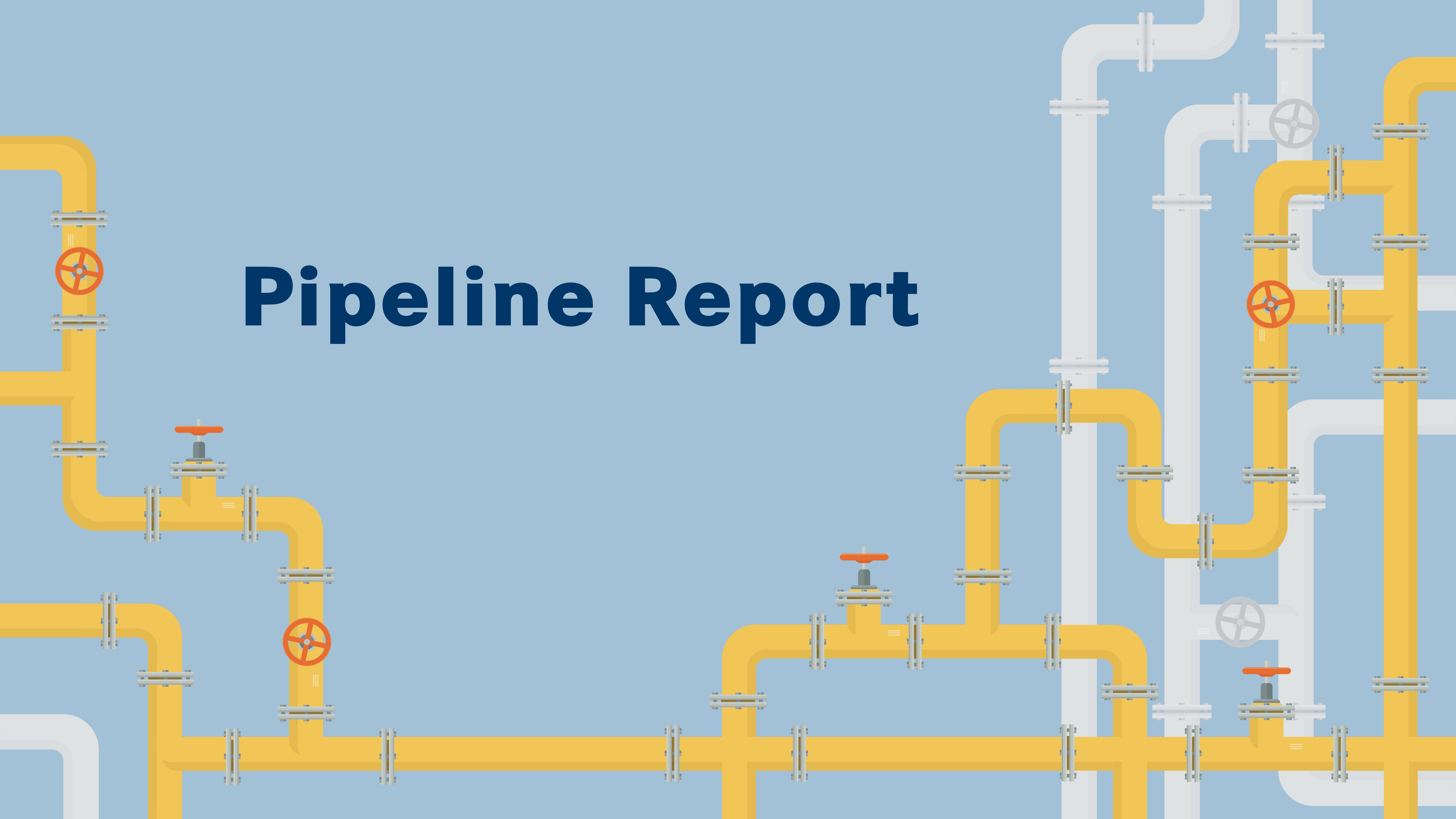- Advertise
- About OncLive
- Editorial Board
- MJH Life Sciences brands
- Contact Us
- Privacy
- Terms & Conditions
- Do Not Sell My Information
2 Clarke Drive
Suite 100
Cranbury, NJ 08512
© 2025 MJH Life Sciences™ and OncLive - Clinical Oncology News, Cancer Expert Insights. All rights reserved.
Pelareorep/Atezolizumab Plus Chemo Shows Early Safety in Frontline Metastatic Pancreatic Cancer
The 3-patient safety run-in for the pancreatic cancer cohort of the ongoing phase 1/2 GOBLET study did not reveal any safety concerns with the novel combination of pelareorep and atezolizumab.
The 3-patient safety run-in for the pancreatic cancer cohort of the ongoing phase 1/2 GOBLET study did not reveal any safety concerns with the novel combination of pelareorep and atezolizumab (Tecentriq).1
As such, the study, which is evaluating different pelareorep combination regimens in patients with metastatic pancreatic, metastatic colorectal, and advanced anal cancers, has been recommended to continue as planned. The safety run-in for the third-line metastatic colorectal cancer (CRC) cohort is ongoing.
“This positive safety evaluation adds to a robust body of evidence demonstrating the favorable safety profile of pelareorep/checkpoint inhibitor combinations across multiple indications,” Thomas Heineman, MD, PhD, chief medical officer of Oncolytics Biotech Inc., stated in a press release. “It also represents an important step in the development of these combinations for the treatment of pancreatic cancer and builds on prior clinical proof-of-concept data in this indication. These data highlight the potential of pelareorep to benefit patients with pancreatic and other gastrointestinal cancers by reversing immunosuppressive tumor microenvironments that limit the effectiveness of checkpoint inhibitors.”
An intravenous therapy, pelareorep utilizes an isolate of a double-stranded RNA virus called reovirus that is found in stagnant water and sewage. The virus is known to penetrate noncancer cells without replicating in normal cells. In cancer cells, the compound elicits selective tumor lysis and encourages an inflamed tumor phenotype by inducing innate and adaptive immune responses.
GOBLET, which is being managed by AIO-Studien-gGmbH, an academic cooperative medical oncology group, is expected to enroll participants at a total of 14 clinical sites across Germany. The primary end point of the research is safety, and key exploratory end points include overall response rate and examining blood-based biomarkers, like T-cell clonality and CEACAM6.
Approximately 55 patients are anticipated to enroll across 4 separate patient cohorts. Two cohorts of the trial include patients with CRC. In 1 of the cohorts, 14 patients with metastatic disease will receive pelareorep plus atezolizumab and TAS-102 (trifluridine/tipiracil; Lonsurf) in the third-line setting. The other cohort will comprise 19 patients with microsatellite instability high or mismatch repair deficient metastatic disease who will be given pelareorep plus atezolizumab in the first-line setting.
The third cohort recruited 12 patients with metastatic pancreatic cancer who received pelareorep in combination with atezolizumab, gemcitabine, and nab-paclitaxel (Abraxane). The fourth cohort is anticipated to enroll 10 patients with advanced and unresectable anal cancer who will receive pelareorep plus atezolizumab in the second-line treatment setting.
The trial’s pancreatic cancer cohort builds on prior clinical data that revealed that pelareorep plus checkpoint inhibition resulted in synergy and anticancer activity in those with this disease who had experienced disease progression following frontline therapy.2
Data from the phase 2 trial (NCT03723915), which enrolled 13 patients with pancreatic ductal adenocarcinoma (PDAC), showed that the combination of pelareorep and pembrolizumab (Keytruda) resulted in a disease control rate of 42% among 12 evaluable patients. One of these patients achieved a partial response, and 4 patients had stable disease.
Tumor biopsies collected during cycle 1 of treatment revealed that relative to archival tissue, pelareorep replication and increased infiltration of both CD8-positive T cells and PD-L1–positive. Cells. Moreover, a decreased expression of VDAC1 was also reported. In comparison with pretreatment samples, it was found that the number of CD8-positive effector memory T cells and B cells tended to increase as the number of T-reg cells decreased in cycle 2 and beyond in those who experienced a response to treatment. These patients were also noted to have increased TOMM20 expression in CD8-positive T cells and decreased expression of PD-1 and H3K27me3 in T-reg cells.
GOBLET also builds on previous clinical findings which demonstrated a greater than 80% increase in median progression-free survival (PFS) in patients with pancreatic cancer who had low levels of CEACAM6 expression and who received pelareorep plus chemotherapy.3
Specifically, this phase 2 trial (NCT01280058) enrolled 73 patients with PDAC who were randomized to receive pelareorep plus carboplatin and paclitaxel or carboplatin and paclitaxel alone. Here, low levels of CEACAM6 mRNA expression were found to be linked with prolonged PFS in those who received pelareorep (P = .05). No relationship was found between CEACAM6 mRNA levels and response in either treatment arm (P = .34). The luminal, but not the cytoplasmic immunohistochemistry score, was found to be highly correlated with mRNA expression levels of CEACAM6 (P = .001).
References
- Oncolytics Biotech provides positive safety update on the pancreatic cancer cohort of its multi-indication phase 1/2 gastrointestinal cancer trial. News release. Oncolytics Biotech Inc.; February 2, 2022. Accessed February 3, 2022. https://yhoo.it/3Gqx0cM
- Mahalingam D, Chen S, Xie P, et al. Treatment with pembrolizumab in combination with the oncolytic virus pelareorep promotes anti-tumor immunity in patients with advanced pancreatic adenocarcinoma. Accessed February 3, 2022. https://bit.ly/34fRM1V
- Noonan AM, Hays JL, Yount J, et al. CEACAM6 is a candidate biomarker for pelareorep resistance in pancreatic adenocarcinoma (PDAC). Accessed February 3, 2022. https://bit.ly/3oiMIAE
Related Content:





